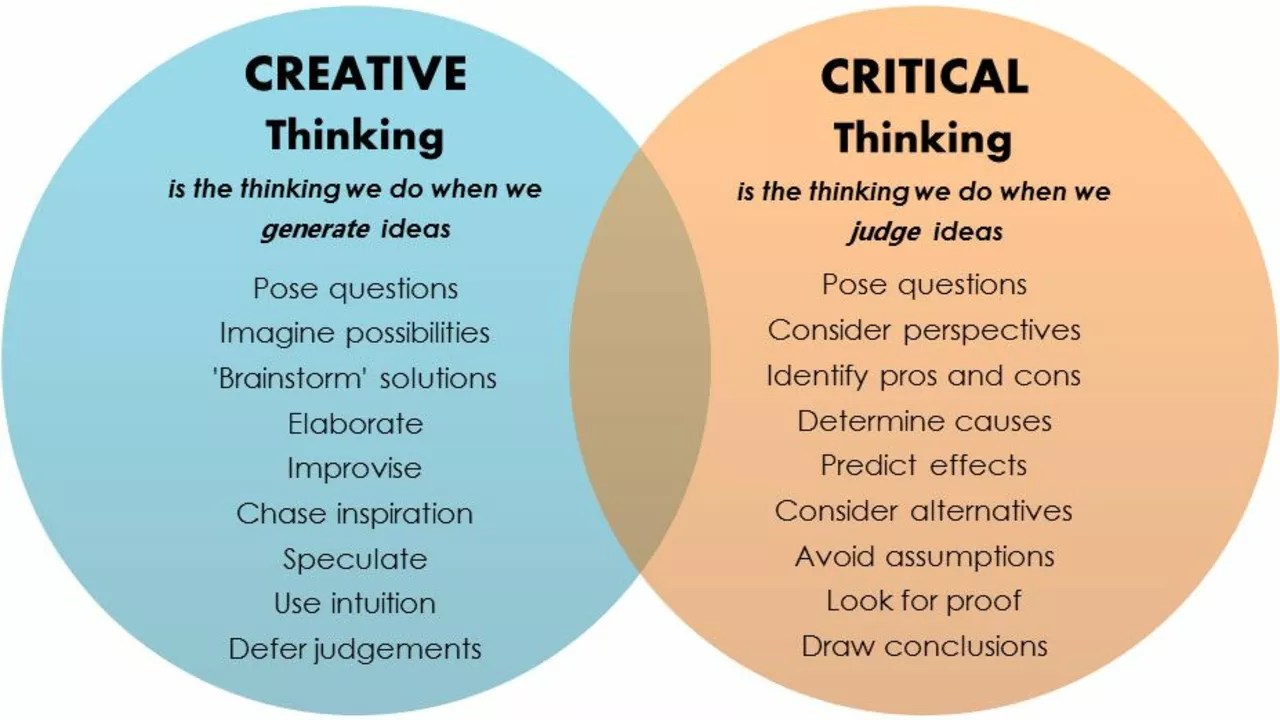Advantages and Disadvantages: Your Quick‑Start Guide
Ever find yourself stuck choosing between two options and wondering what’s good or bad about each? You’re not alone. Most decisions boil down to weighing the advantages and disadvantages – the pros and cons that tip the scale. This guide breaks down how to spot them, compare them, and avoid common errors, all in plain English.
How to Spot and Compare Advantages and Disadvantages
Start with a clean list. Write the name of the option at the top, then draw two columns underneath – one for advantages, one for disadvantages. This visual split helps you see the balance quickly.
Next, be specific. Instead of writing “good price,” note the exact figure or percentage. For example, “20 % lower cost than competitor X” tells you exactly how strong the advantage is.
Ask yourself three simple questions for each bullet:
- What will happen if I choose this?
- Who else is affected?
- How likely is the outcome?
Answers that are concrete (e.g., “Will save $150 per month”) are easier to compare than vague ones (e.g., “Saves money”).
Once both columns are filled, rank each point on a scale of 1‑5 based on impact. Multiply the rank by the likelihood if you want a quick score. The side with the higher total usually wins, but remember to factor in personal priorities – a low‑score item might matter more to you.
Common Pitfalls and Handy Tips
One big mistake is letting emotions hide the truth. You might love a brand and overlook a hidden cost, or fear a new tech and ignore its real benefits. To counter that, step back and pretend you’re an advisor for a friend. Would you still rate the points the same way?
Another trap is ignoring long‑term effects. A cheap hotel might look attractive today, but if it leads to poor reviews and fewer bookings later, the disadvantage outweighs the short‑term gain.
Tip: Use real examples. When the Google Gemini “Banana AI” trend went viral, the advantage was “cool new tech experience,” but the disadvantage turned out to be “risk of personal data theft.” Seeing a clear case helps you apply the same thinking to your own choices.
Finally, don’t over‑complicate. If you find yourself adding ten more columns, you’re probably splitting hairs. Stick to the main advantages and disadvantages, then revisit only if the decision is still fuzzy.
By following these steps, you’ll turn any confusing choice into a straightforward list of pros and cons you can act on. Whether you’re buying a car, picking a life coach in Goa, or deciding if an AI app is safe, the same process works. Keep the list short, stay factual, and trust the numbers you assign. That’s the secret to making smarter decisions without the headache.
Travel and Living Abroad

What are the pros and cons of moving to New Delhi?
Well, butter my buns and call me a biscuit, moving to New Delhi is quite the rollercoaster ride! Firstly, it's an absolute fiesta for your taste buds with its array of diversified, spicy meals that'll leave you salivating for days. Plus, the cultural richness is like a kaleidoscopic carnival ride, thanks to the bustling festivals and historical sites. But hold onto your hats, folks, because the traffic is a mad dash akin to a fast-paced thriller movie. And let's not forget about the air pollution, which sometimes feels like being part of a smoky film noir scene. So, in a nutshell, moving to New Delhi is a spicy mix of flavorful food, cultural vibrancy, chaotic traffic, and some slightly overcooked air quality.